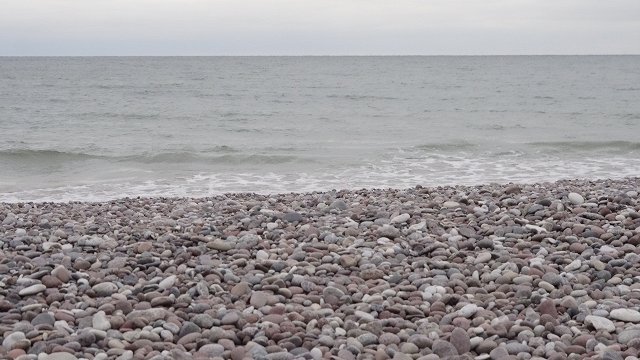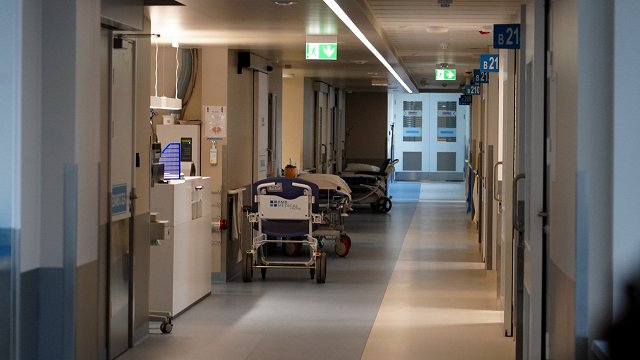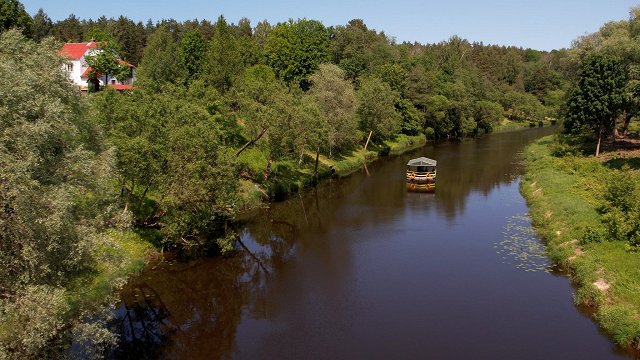As compared to 2021, Internet access in households has increased by 0.3 percentage points. Mostly internet is available in Riga and Kurzeme – in 93.6 % and 93.3 % of households, respectively, followed by Pierīga – 92.4 %, Vidzeme – 91 %, Zemgale – 89.5 %. In the Latgale region this indicator is lower – 84.8 %. Internet is available in 92.8 % of urban households (over a year, rise of 0.6 percentage points), and 88 % in rural households (drop of 1.2 percentage points). Also, mostly Internet is available in households with children – 99.2 %, while in households without children – 90.1 %.
In 2022, as compared to 2021, the share of regular Internet users (use the Internet at least once a week) increased by 0.3 percentage points, reaching 90 %. The largest share of regular Internet users is among the population with higher education (97.6 %), while among the population with secondary education – 87.4 %, but among the population with basic education – 78.6 %
The population uses the Internet for various activities. The most popular of them, the same as in previous years, are internet banking and sending/receiving e-mails, which is used by 82.1 % and 78 % of the population, but sending messages in texting apps is used by 77.6 % of the population. Females search online for health-related topics more than males (51.1 % and 32.8 %, respectively), but males more commonly than females play games online (20.2 % and 12.1 %, respectively) or download them (14.1 % and 6 %, respectively).
The share of the population who bought goods or services on the Internet has remained at the level of the previous year. If in 2021 share of such population comprised 61.6 %, in 2022 it is 61.7 % (rise of 0.1 percentage point).






























